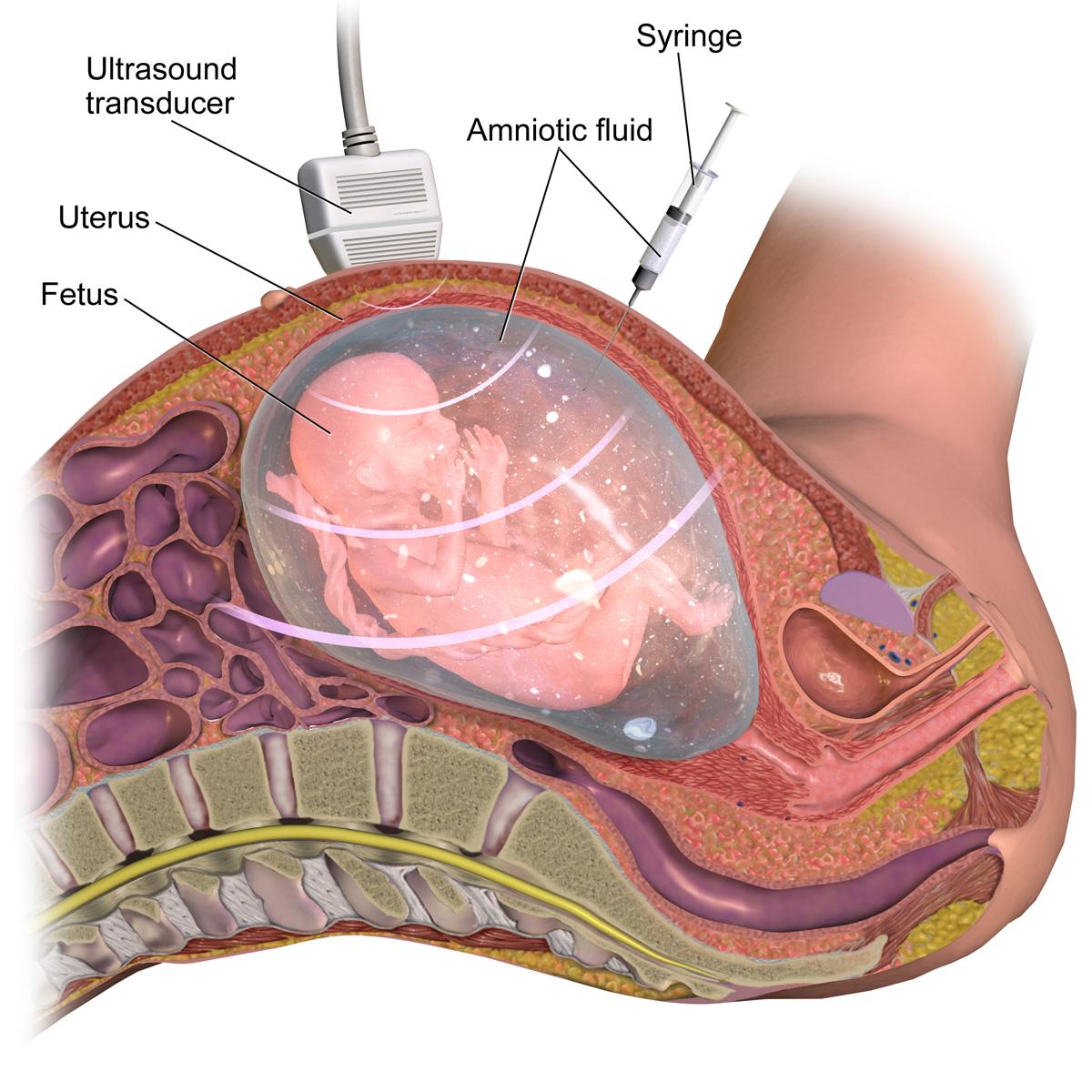
There are several blood tests that can diagnose a kidney problem. A CT scan, Intravenous pyelogram, and Urinalysis can determine if you have a stone. These tests will help you determine the type, location, and severity of your symptoms. Talk about your symptoms with your physician to determine which test is necessary. Once you have been diagnosed, your healthcare provider can determine the type of treatment and what to do.
Intravenous pyelogram
An intravenous Pyelogram is performed to rule out kidney stones. This involves injecting a dye into the vein to examine the images for kidney stones. A radiologist, a healthcare professional who is skilled in reading X-rays, will examine the images. You will be asked for a follow-up with your healthcare provider in order to discuss the results.

CT scan
The most common imaging test for kidney stone is a CT scan. This scan combines multiple xray images to produce a three-dimensional view of the urinary system. CT scans are the best imaging test for kidney stone because they can not only detect stones but also reveal other problems in the urinary tract. These images are very helpful in determining the type and size of kidney stones.
Urinalysis
A urine test for kidney stone is an important tool for your doctor to assess whether you are at increased risk. A urine test is used to measure components of your urine such as calcium, potassium, and uric Acid. These substances tend to build up in the kidneys and may cause kidney stones. You should have a urine test done if you suspect you may have a big kidney stone.
Cystine stone
Your healthcare provider may perform a Cystine Stone blood test to see if your kidney stones are present. Cystine stones are more severe than other kidney stone types and can cause problems in the urinary system. To make the diagnosis, the healthcare provider may conduct urine tests and imaging studies. Your healthcare provider may also conduct a urine test and consult your family history. When the symptoms of cystine stone are severe, you may need to be admitted to a hospital.

Calcium oxalate rock
This type of kidney stone is often diagnosed by a calcium oxalate urine test. This type of kidney stones is formed when urine contains too many oxalate or not enough citrate. These crystals build up in the bladder and kidneys. These stones can be painful, and medical treatment is required to prevent them again from forming.
FAQ
What does "public health" actually mean?
Public Health means protecting and improving the health of the community. It is concerned with preventing diseases, injuries, and disabilities, as well as promoting healthy lifestyles; ensuring adequate nutrition; controlling communicable diseases, hazards to the environment, and behavioral risk.
What are you opinion on the most pressing issues in public health?
Many people suffer from obesity, diabetes, heart disease, and cancer. These conditions account for more deaths annually than AIDS and car crashes combined. Additionally, smoking, poor diet and inactivity can lead to high bloodpressure, stroke, asthma or other problems.
What does "health promotion” actually mean?
Health promotion means helping people to stay well and live longer. It focuses on preventing sickness rather than treating existing conditions.
It covers activities such:
-
Right eating
-
Get enough sleep
-
exercising regularly
-
Staying active is key to staying fit
-
Not to smoke
-
managing stress
-
keeping up with vaccinations
-
Avoid alcohol abuse
-
having regular checkups and screenings
-
learning how to cope with chronic illnesses.
What can we do to improve the health care system?
We can improve our health care system by ensuring that everyone receives high-quality care, regardless of where they live or what insurance they have.
So that children don't get preventable diseases, like rubella, measles and mumps (MMR), we need to ensure that they all receive the required vaccinations.
We must keep working towards reducing the costs of healthcare and ensuring that it remains easily accessible for all.
Statistics
- For instance, Chinese hospital charges tend toward 50% for drugs, another major percentage for equipment, and a small percentage for healthcare professional fees. (en.wikipedia.org)
- For the most part, that's true—over 80 percent of patients are over the age of 65. (rasmussen.edu)
- Price Increases, Aging Push Sector To 20 Percent Of Economy". (en.wikipedia.org)
- The healthcare sector is one of the largest and most complex in the U.S. economy, accounting for 18% of gross domestic product (GDP) in 2020.1 (investopedia.com)
- Consuming over 10 percent of [3] (en.wikipedia.org)
External Links
How To
What are the Key Segments of the Healthcare Industry?
The major segments of the healthcare sector include diagnostics, pharmaceuticals, diagnostics and biotechnology, as well as therapeutics, health IT, medical equipment and medical devices.
Medical devices include blood pressure monitors, defibrillators, stethoscopes, ultrasound machines, etc. These products are used to diagnose and prevent or treat disease.
Pharmaceuticals are medicines prescribed to relieve symptoms or treat disease. Antibiotics, antihistamines (or contraceptives), are just a few examples.
Diagnostics are laboratory tests used to detect illness and injury. There are many types of diagnostics: blood tests; urine samples; CT scans; MRI scans; X-rays.
Biotechnology is the process of using living organisms (such bacteria) to make useful substances that can be used to benefit humans. There are many examples, including vaccines, insulin, or enzymes.
The treatment of disease or symptoms with therapeutics is a medical procedure that humans receive. They may include drugs, radiation therapy, or surgical interventions.
Information technology for health is a category of computer software that helps physicians and their teams manage patient records. It allows them to track the medications being taken, their timing, and if they are functioning properly.
Medical equipment is anything used to diagnose, treat, or monitor conditions or illnesses. These include dialysis machines and pacemakers, ventilators, operating table, and ventilators.